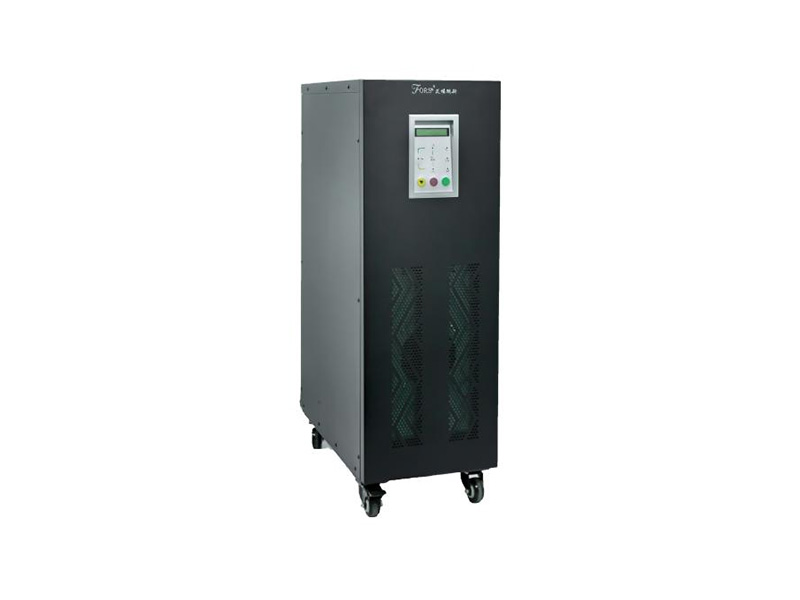language
An Uninterruptible Power Supply (UPS) is a critical investment for protecting sensitive electronics from unexpected power failures, voltage drops, and electrical surges. Whether used in a home office, small business, or industrial setting, a UPS helps maintain uninterrupted operations and protects against data loss or equipment damage. However, purchasing the wrong type of UPS—or using it improperly—can limit its effectiveness.
1. Not Calculating the Total Power Load
Many users underestimate how much power their equipment actually consumes. Selecting a UPS that doesn’t have enough capacity to support all connected devices can lead to overloads or failures during an outage.
How to Avoid It:
Calculate the total power consumption of all equipment you intend to connect. Use the combined VA (Volt-Ampere) or wattage rating and choose a UPS with a capacity 20–30% higher to allow for extra margin and future expansion.
2. Choosing the Wrong Type of UPS
There are several types of UPS systems: offline (standby), line-interactive, and online (double conversion). Each is suited for different environments and needs.
How to Avoid It:
Understand your use case:
Offline UPS is suitable for basic backup in areas with stable power.
Line-interactive UPS offers moderate protection from voltage fluctuations.
Online UPS provides continuous, clean power and is ideal for critical or sensitive equipment. Such as AF800 series online transformer based fully digital UPS single phase input and single phase output is a highly intelligent product integrating digitization, informationization and networking, with a powerful information collection system, signal processing system, detection system and perfect protection system. It is widely used in various power consumption environments, with customized design, powerful interact function, intuitive display screen and status indication monitoring interface, making it very simple and convenient for users to operate and use.

online transformer based fully digital UPS AF800 series
3. Overlooking Battery Runtime
Battery backup time varies by model. Some UPS units may only offer a few minutes—just enough to safely shut down—while others provide longer runtime.
How to Avoid It:
Decide whether your UPS needs to keep systems running for a short period or support longer uptime. Choose a model with runtime that matches your needs, and consider units that allow external battery packs for expansion.
4. Overloading the UPS
Plugging too many or high-consumption devices into a UPS can cause it to overload, reducing efficiency or shutting it down unexpectedly.
How to Avoid It:
Only connect essential equipment like servers, computers, or routers. Avoid plugging in devices with high startup loads (e.g., printers or coffee machines).
5. Ignoring Monitoring and Software Capabilities
Some UPS units offer advanced software for monitoring, alerts, and automatic shutdowns. Skipping these features can reduce your ability to respond to power events.
How to Avoid It:
Choose a UPS with monitoring and management software that allows you to track status, receive notifications, and automatically shut down systems when necessary.

6. Poor Placement and Installation
A UPS must be installed in a clean, well-ventilated area. Putting it in an enclosed or dusty space can lead to overheating and reduced performance.
How to Avoid It:
Install the UPS in a dry, cool location with adequate airflow. Make sure it’s accessible for maintenance and inspection.
7. Neglecting Maintenance and Battery Checks
UPS batteries degrade over time. If not checked or replaced regularly, they may fail when most needed.
How to Avoid It:
Follow the manufacturer’s maintenance guidelines. Periodically test the UPS under load and replace batteries every 3–5 years or as recommended.
8. Focusing Only on Price
Choosing the cheapest UPS often means compromising on capacity, efficiency, or reliability. A poor-quality unit can result in more costs in the long run.
How to Avoid It:
Look for value, not just price. Invest in a trusted brand with features that match your application. The cost of failure is often greater than the initial savings.
Conclusion
Purchasing a UPS power supply should be a thoughtful decision based on real needs, not just convenience or budget. By avoiding these common mistakes—such as misjudging capacity, skipping essential features, or neglecting maintenance—you can ensure your UPS performs reliably when it matters most.